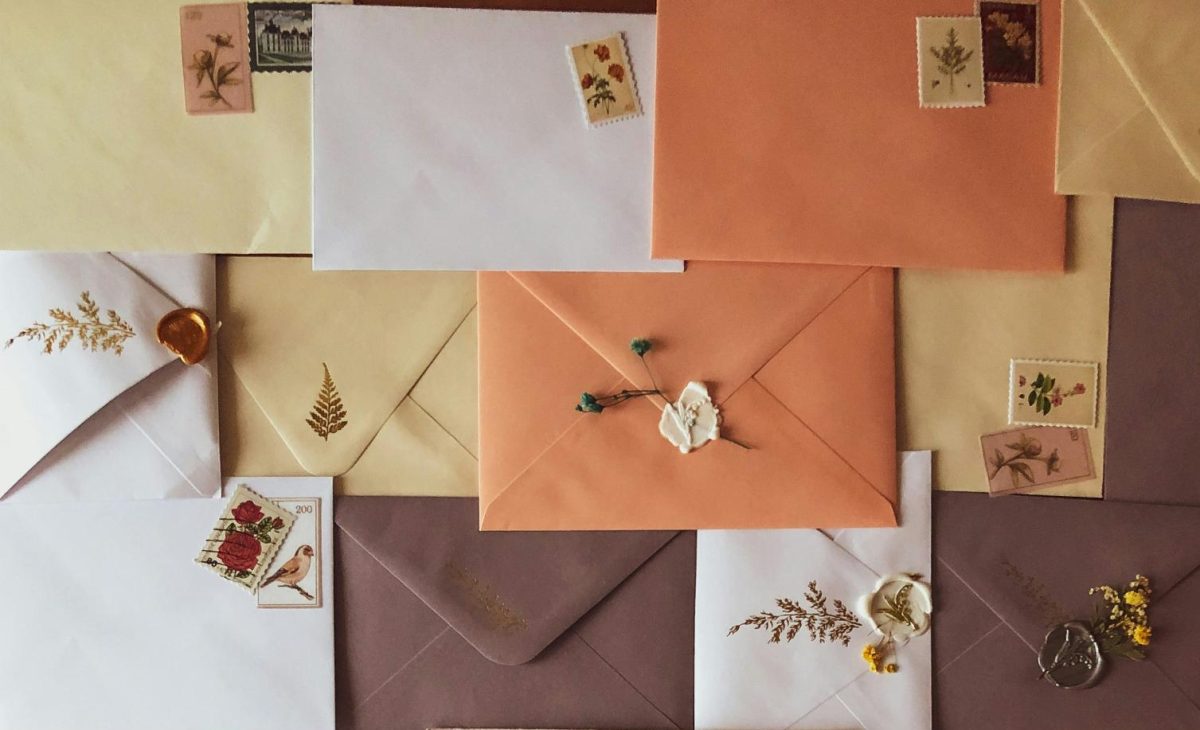For over ten years, I have maintained a close friendship with my best friend forever (aka, BFF), Easton.
It hasn’t been perfect—we live almost 2000 miles apart, and Easton doesn’t have the most reliable phone for texting. This means that our communication is far from consistent; however, our bond has strengthened through the compromises we’ve made to connect.
For FHC students, summer is approaching, as is the graduation of hundreds of seniors. Friends will no longer see each other every day, and those who have formed a bond with someone from the class of 2024 will soon possibly face living states away. While long-distance friendships may not have been on the radar of current FHC students, now, they must be.
That is where Easton and I come in—while every friendship is different, I believe that the methods in which we’ve connected in the past decade could be incredibly helpful to those who have no idea where to start.
So, without further ado, here are my three favorite ways to nurture long-distance friendships without relying on texting.
Letters
My mailbox is often filled with flyers, coupons, newsletters, and other advertisements that businesses use to get the attention of possible local customers. Still, every few months, a small, pink envelope will be slipped between the handouts, and I’m reminded of the postal service’s original purpose: personal letters.
Letters have been a concept for ages; since the Pony Express, and before that (in smaller distances), people have delivered messages by mail. While they have lost their significance over time, as I rarely see people mail personal letters anymore, they are still a great form of communication.
I love decorating my letters with stickers, glitter, dried flowers, and other personable items to surprise Easton with. These elements add a level of whimsy to an otherwise plain parchment. To make writing more enjoyable, I draft my messages in colored ink (I recommend using permanent pen ink, not the erasable kind, as the erasable pen ink can fade with heat).
In my opinion, letters are the best form of communication when electronics aren’t an option—they’re a simple way to talk about your day and remind someone that you’re thinking of them, and you only need to pay for a stamp to send one! If Easton and I had only sent letters to each other over our time apart, I’m sure our friendship would still have the bond it does today.
Packages
Packages are the next step up from letters—oftentimes, these include some type of tangible gift that isn’t as personal as a letter.
I love sending packages to Easton; whether it be a cookie that reminded me of him (make sure it won’t perish during delivery!) or a handmade gift of printed photographs and memories, every time I hear back, he shares his love for them. I also love receiving packages from Easton—they are an unexpected reminder of how much effort is put into keeping our relationship strong.
I know that coming up with gift ideas can be hard, but the whole premise of sending a package is that it’s unnecessary, so the actual contents of the package mean less than the concept of sending one. Just by sending a package, you’re saying, “Hey, I’m sending you something special just because,” and that means so much already.
Phone Calls
Phone calls are a special privilege for our generation, so why not take advantage?
I did discuss that Easton has phone problems, and I’m not exaggerating. His phone doesn’t let calls go through and it’s a struggle to get a text message to send. One thing I do have, though, is his parent’s phone number—so, occasionally, I’ll give him a call.
Phone calls are more meaningful than texting, which is why only one of the two made it on this list. Easton and I have maintained our friendship because we know the effort we go through to connect. Phone calls are a mutual time commitment—they reveal this effort—but texting doesn’t.
When I text Easton, as rare as I do, it’s convenient. Whatever message I have to say can be typed and sent within two minutes of me thinking it, and then I can swipe out of the conversation and continue about my day. Easton doesn’t have to respond immediately—texting is convenient for him, too.
Alternatively, when I call Easton, he has to set aside time at that moment to talk to me.
With a phone call, talking is conversation. With texting, talking feels almost robotic and artificial, and it takes away the idea of, “This relationship is thriving because we are putting in significant effort to keep it going.”
Texting is convenient, and convenient isn’t what a relationship should be. That’s why I recommend calling long-distance friends.
In reality, there are so many ways to keep in touch with friends as people’s lives and locations shift. I recommend making sure that whatever method you choose truly shows the effort you’re going through to be friends with someone.
Easton and I have remained as close as we are because we have shown our commitment to each other with time and effort rather than convenience. I’m sure that those who do the same will enjoy similar luck.




























































































